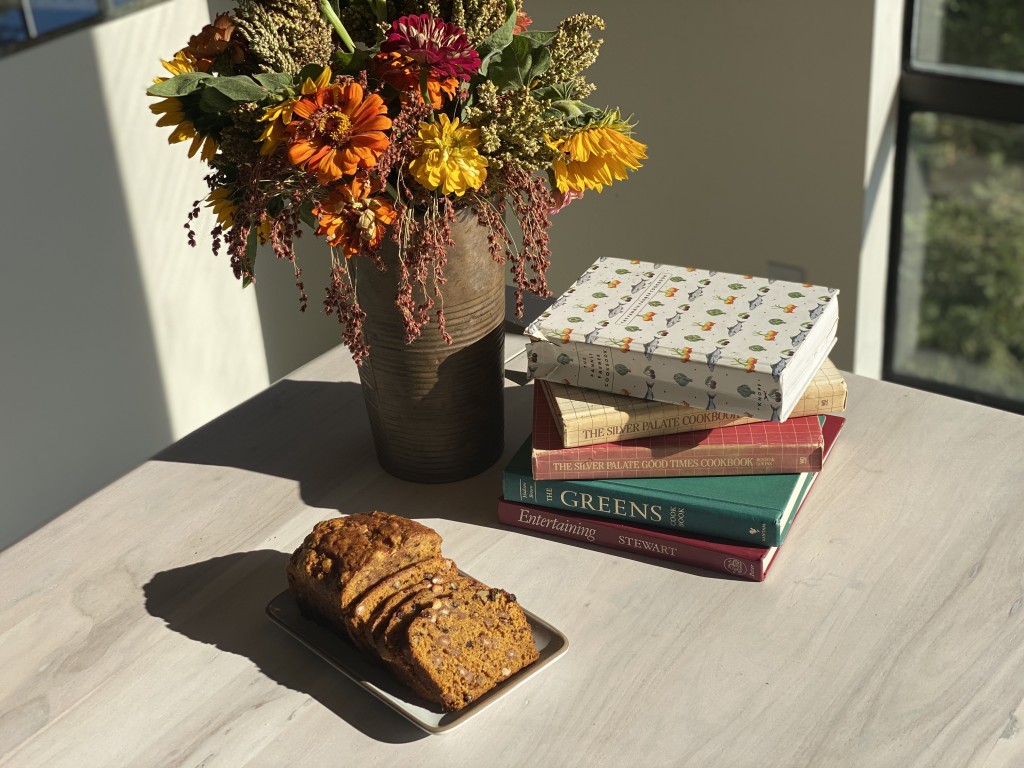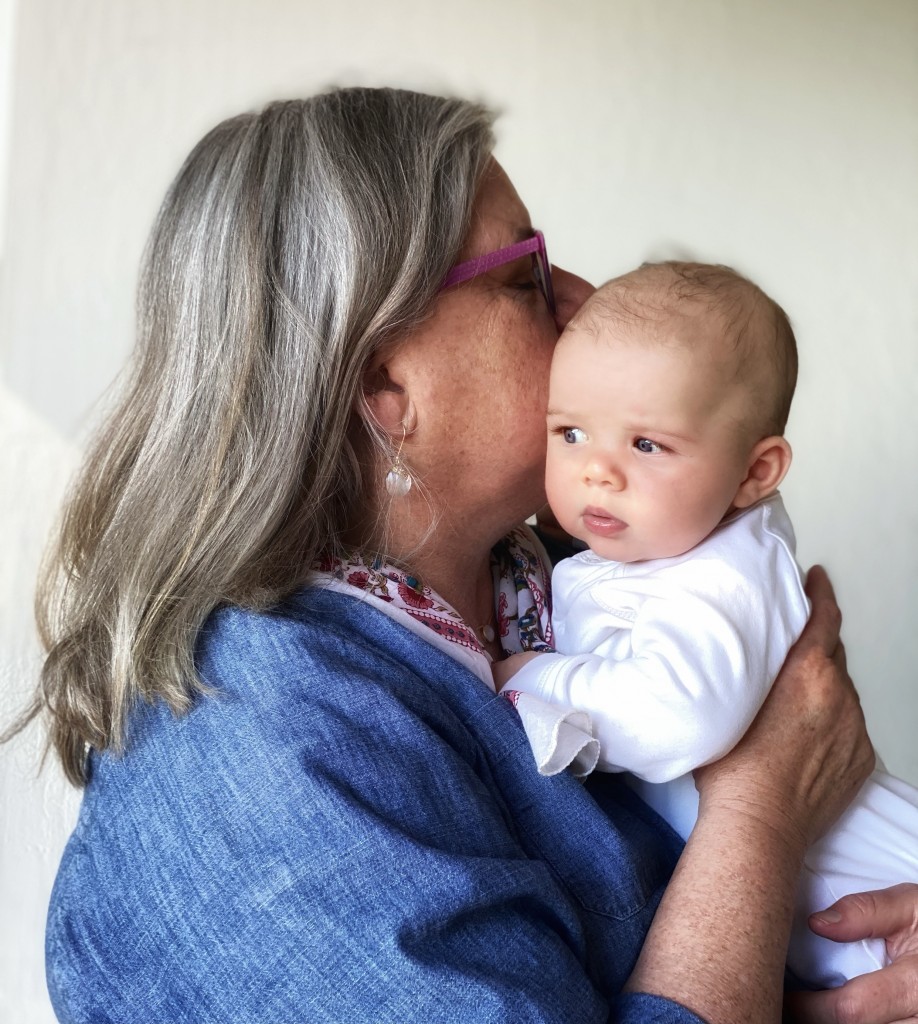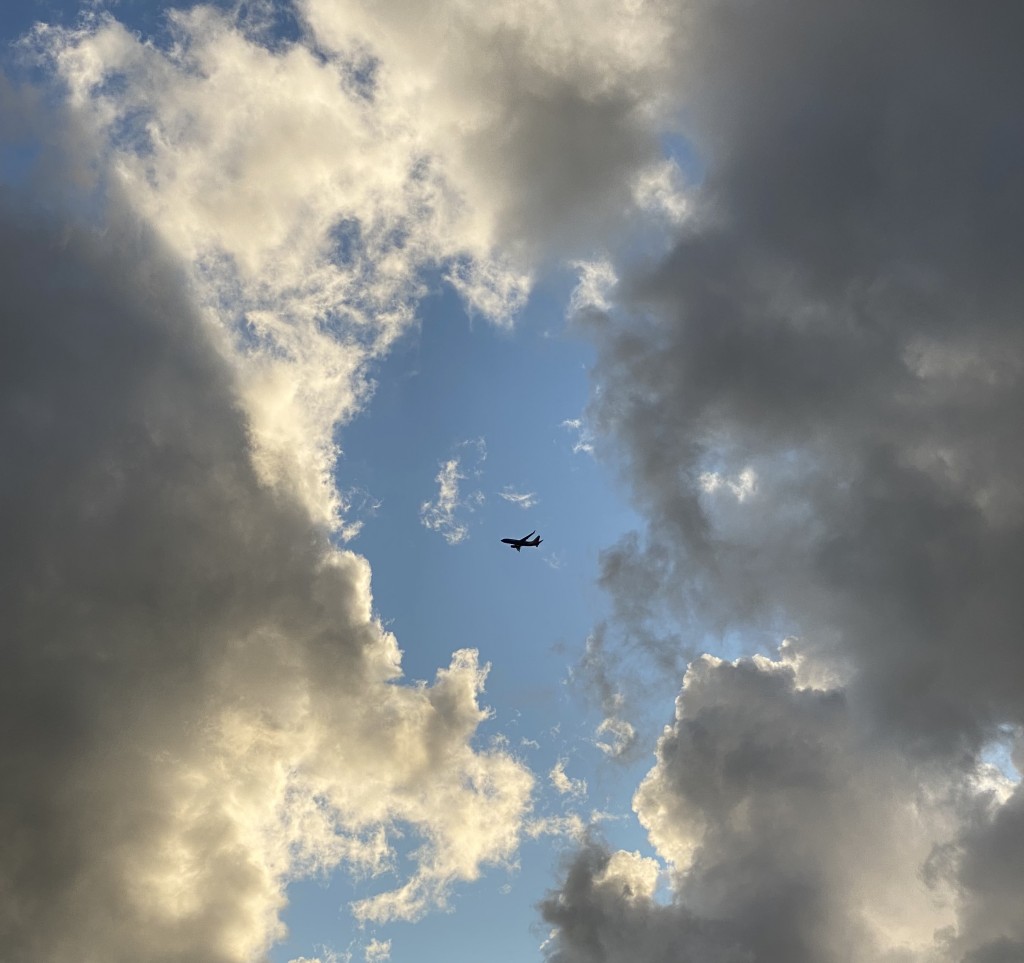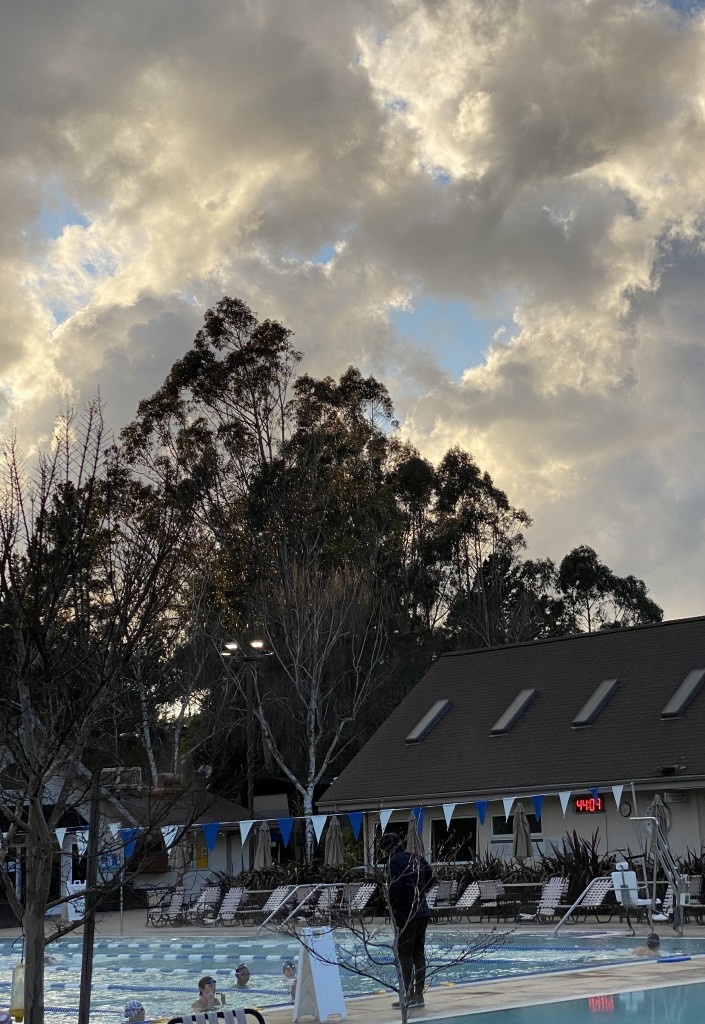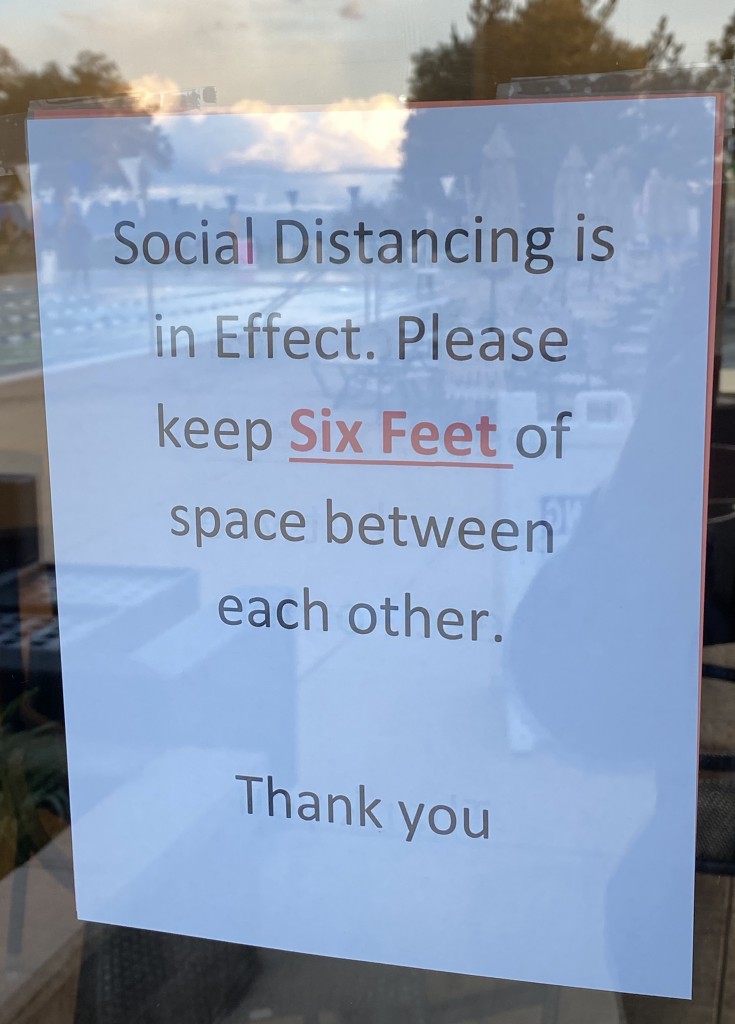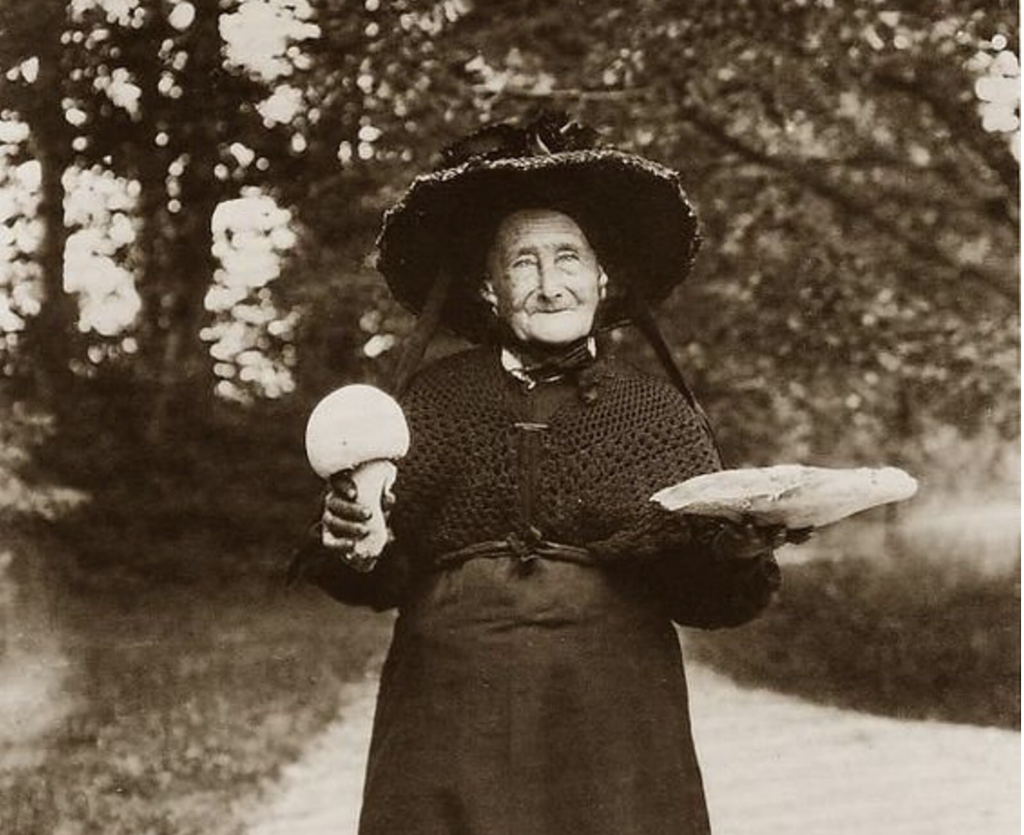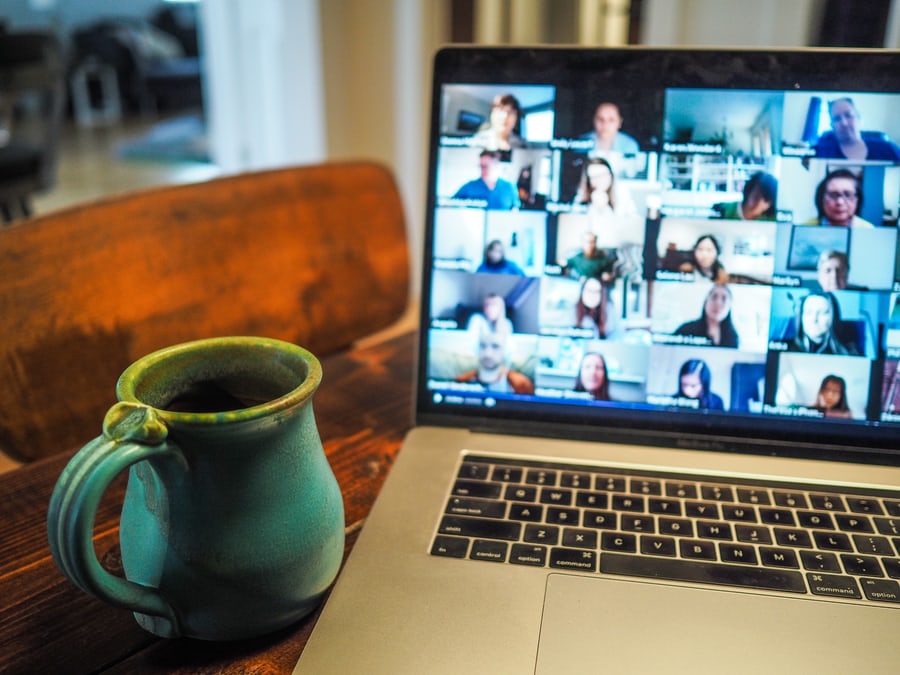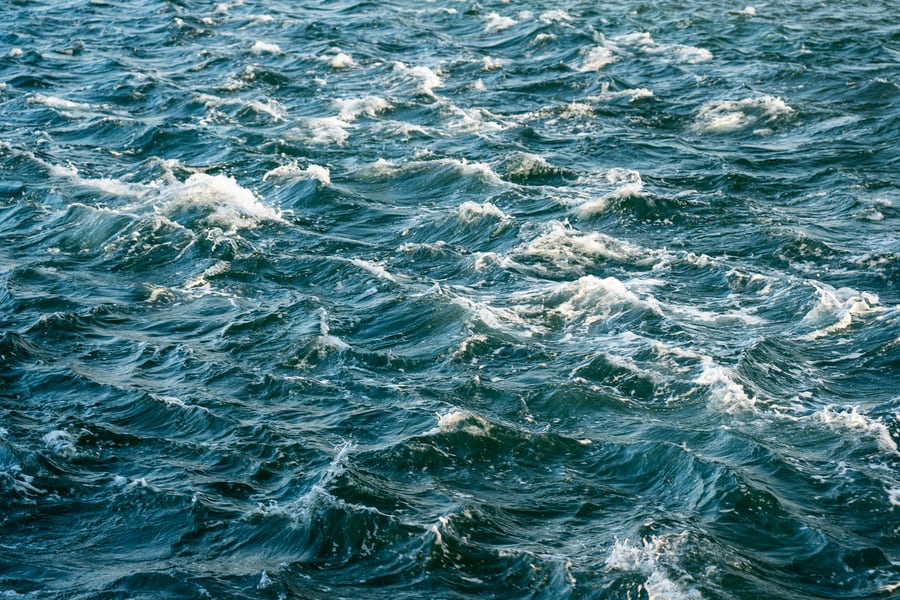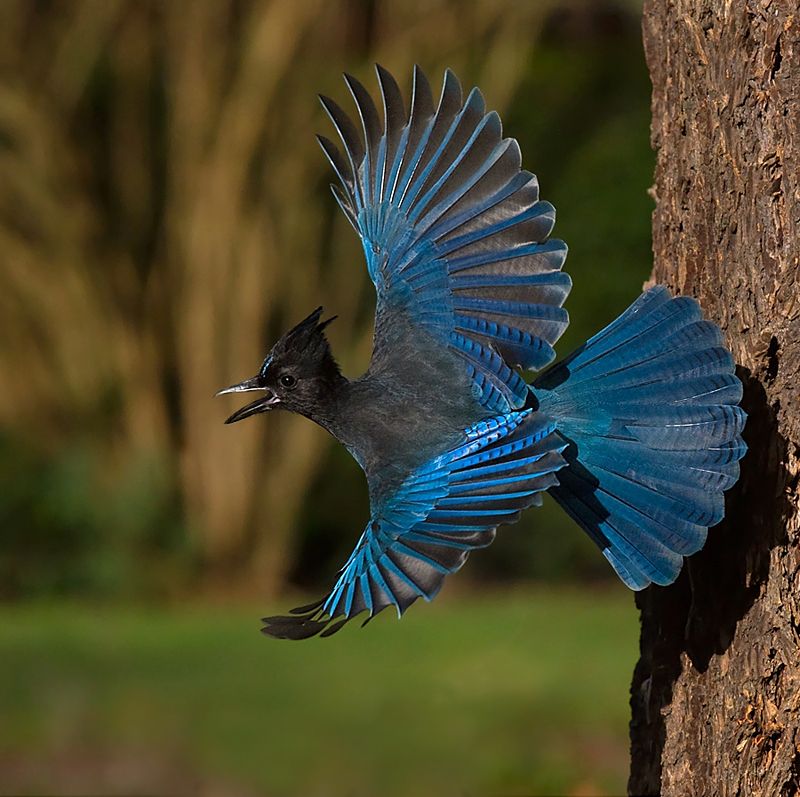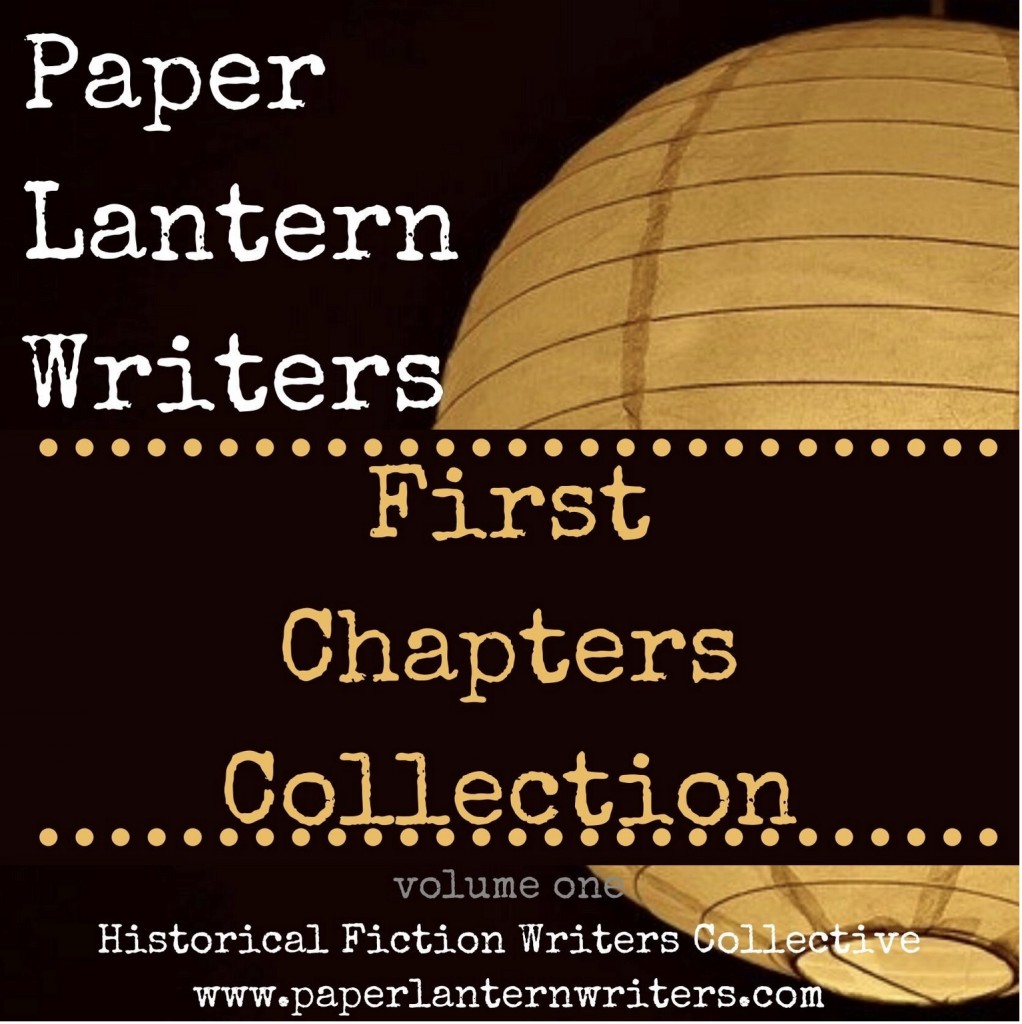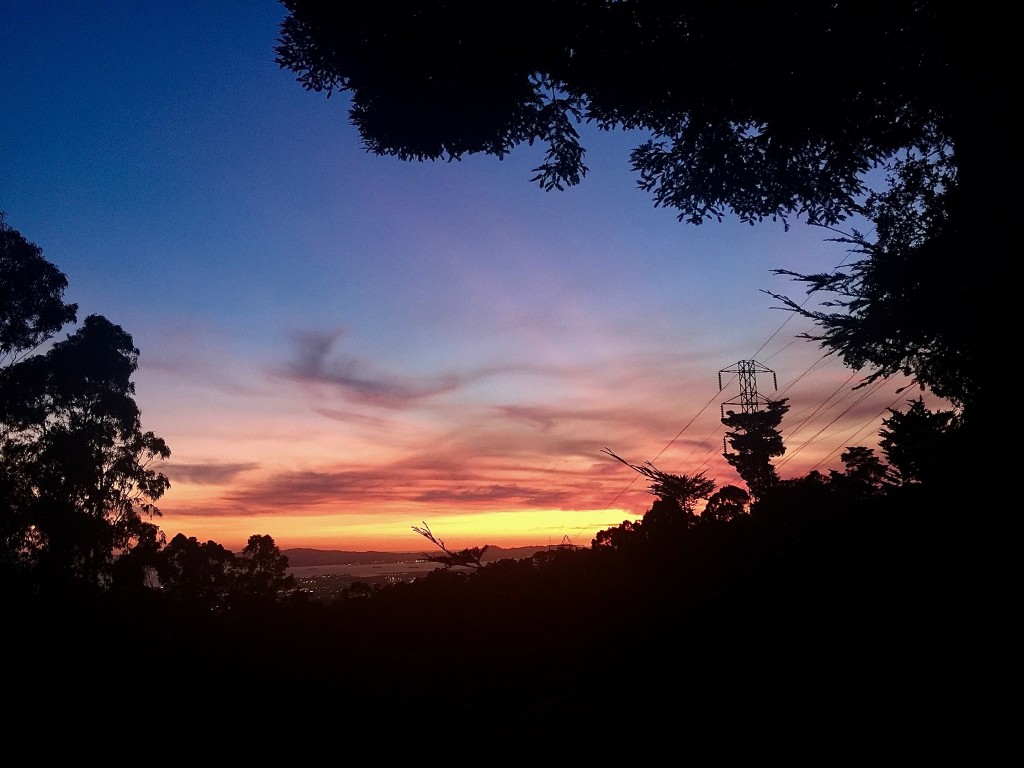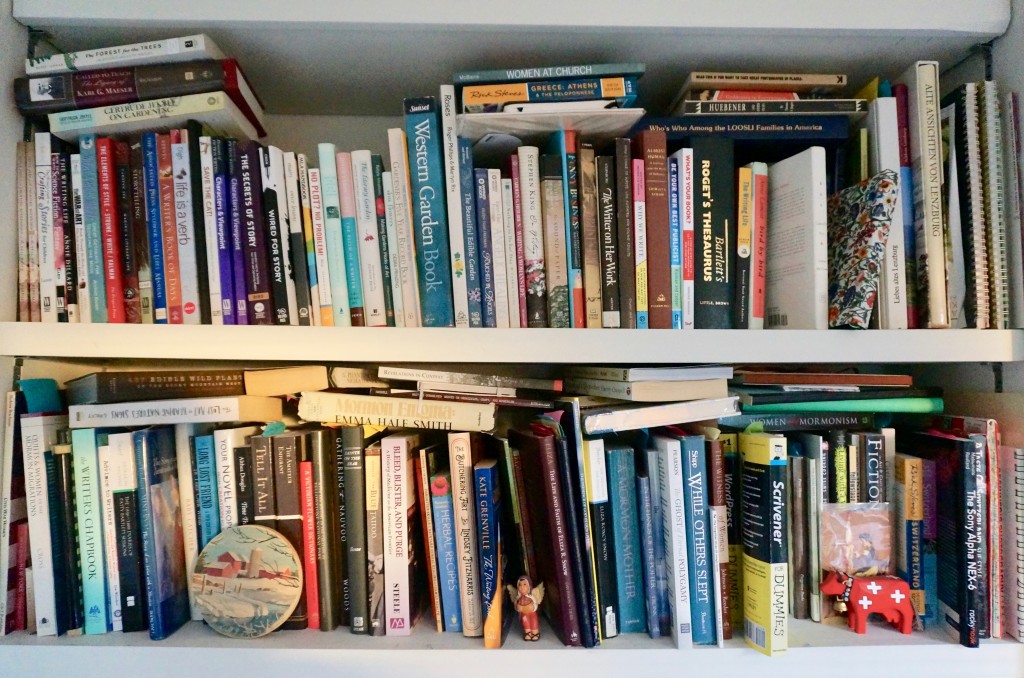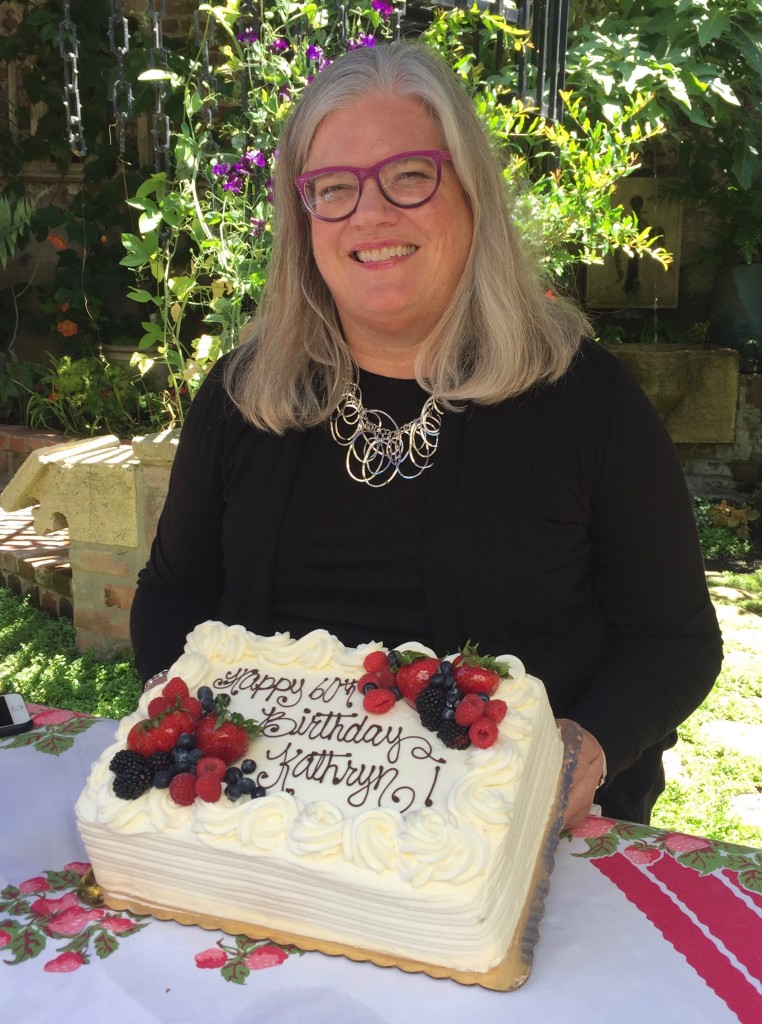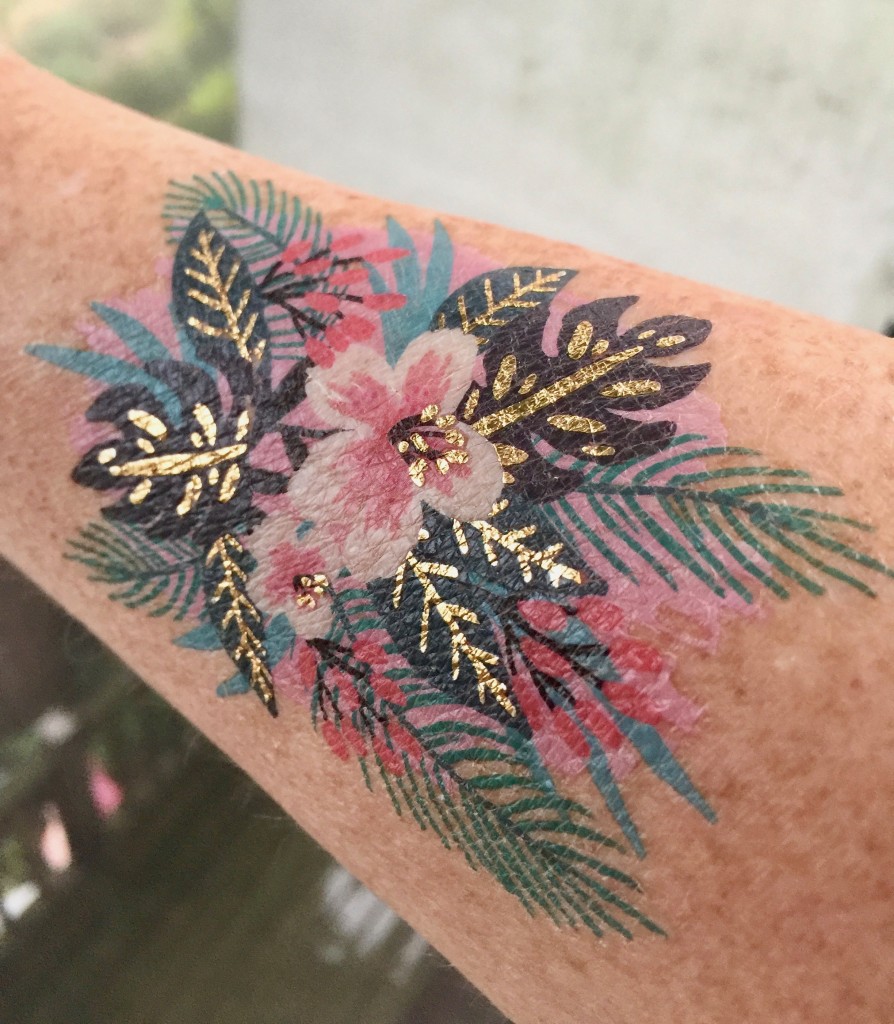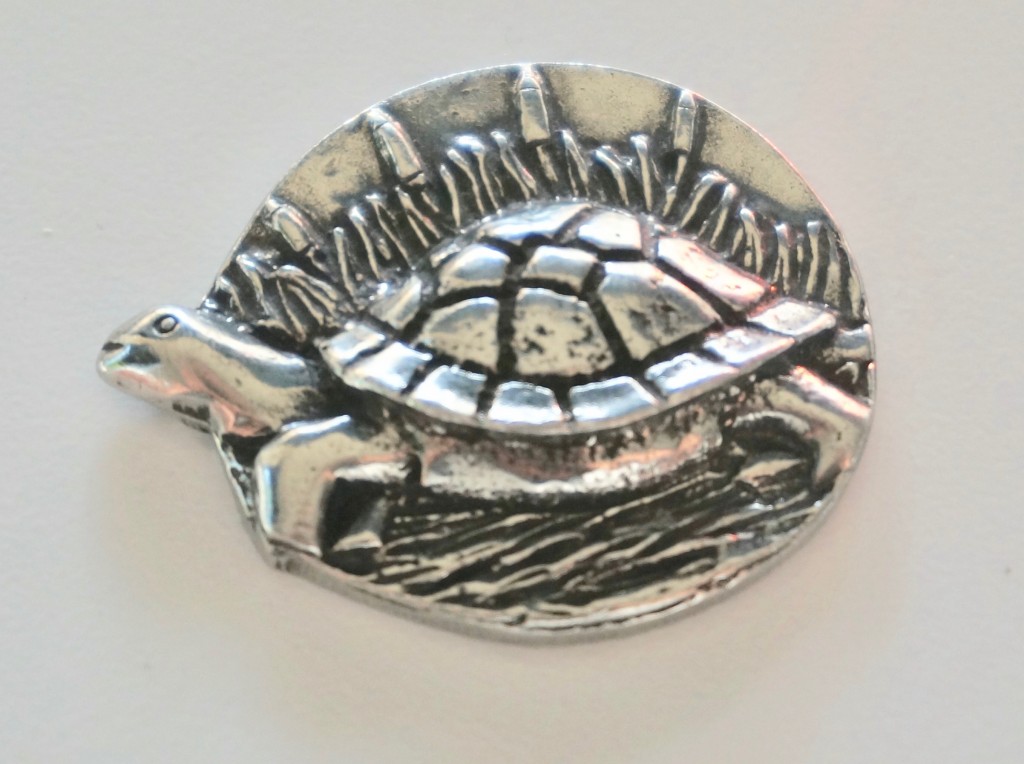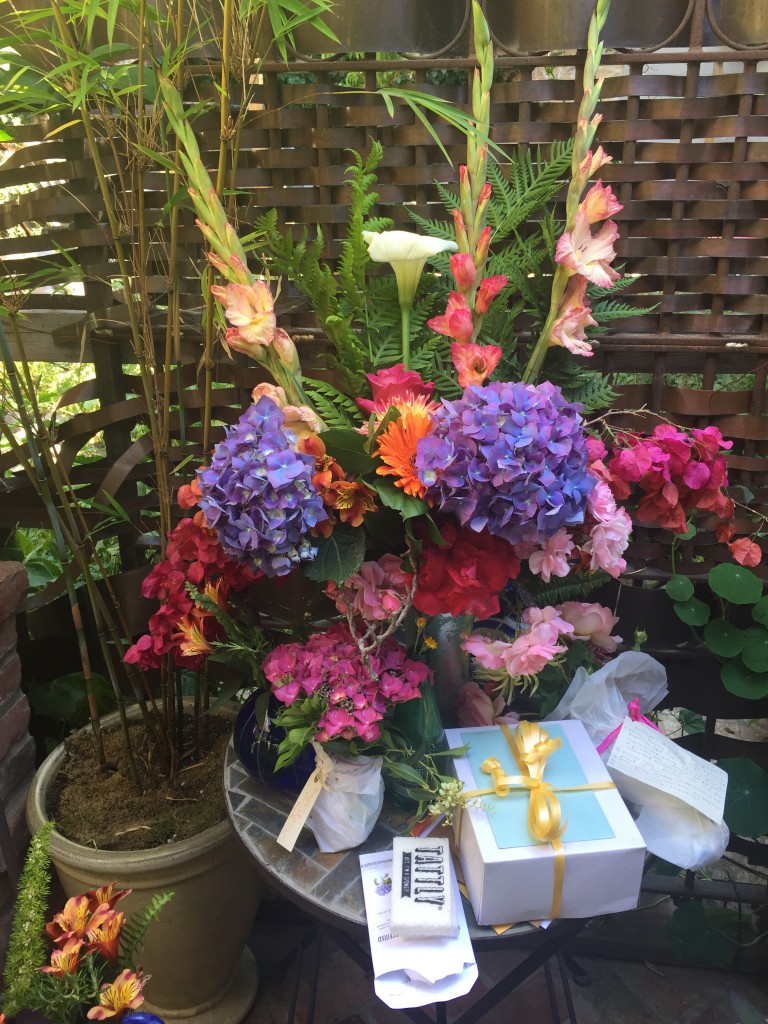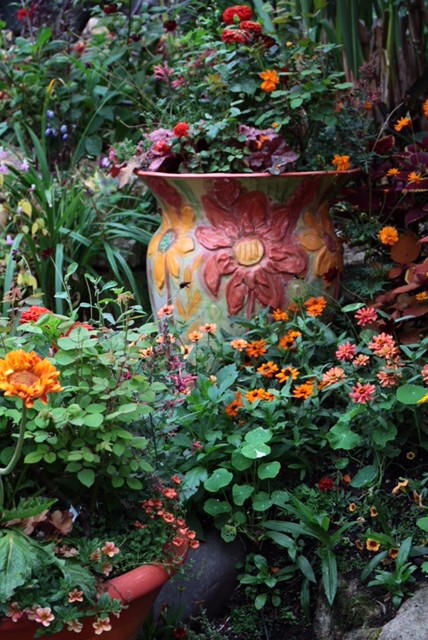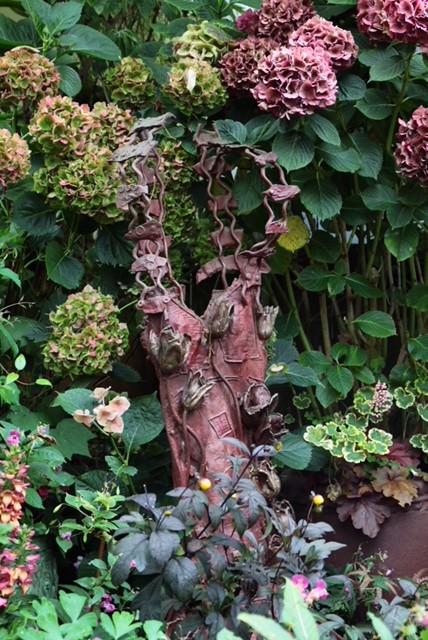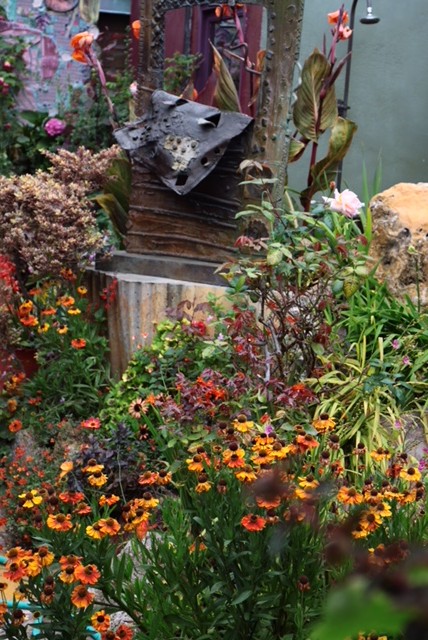Open my cookbook cupboard with caution. If you move too quickly, you’ll be deluged with recipe clippings. Because though I have a good many cookbooks, I’m always hungry to try something new.
My mother had a similar cupboard stuffed full of both cookbooks and loose clippings. An enthusiastic cook with a large family to feed, she loved supplementing favorite recipes from the red-and-white checked cooking bible of her era: The Better Homes and Gardens Cookbook.
My go-to cookbook–The Fanny Farmer Cookbook–was the first gift I ever gave my then future husband. He’d learned to cook from a paperback edition found in a drawer of a Korean apartment he lived in as a young Mormon missionary. Valentine’s Day came around a few months into our courtship and not wanting to play my hand too broadly, I figured a cookbook he’d mentioned with fond feelings might convey just enough interest in heating up our relationship.
After our marriage, Fanny was joined by other staples of the ‘80s – Julee Rosso and Sheila Lukins’ The Silver Palate Cookbooks, Martha Stewart’s Entertaining and Maida Heatter’s Book of Great Desserts.
Cookbooks by celebrated local chef/authors like Alice Waters, Deborah Madison and Marion Cunningham (who would revise Fanny) would eventually fill up my cookbook cupboard.
I also added clippings from the San Francisco Chronicle and the Los Angeles Times. Reading their weekly food sections was a treat I looked forward to consuming.
As a new college graduate and young bride, I worked as a receptionist in the management office of the neo-Gothic Russ Building in downtown San Francisco. Across the hall from my office was a spacious “Ladies Lounge” filled with couches and chairs left over from the Mad Men era. Secretaries would retreat there during their lunch hours to nibble on sack lunches and read paperback novels.
I remember devouring a range of literary pleasures there—Pride & Prejudice and The Far Pavilions are two titles that come to mind. But every Wednesday, I would buy the Times at the lobby newsstand and quickly turn to its food section, having already read the Chronicle’s on my morning commute.
One of the recipes that I clipped during that period is still a fall favorite. Its ingredients are as varied as my reading tastes—pumpkin and peanut butter chips. But the result is surprisingly good—like a mix of classic literature and contemporary romance.
I wish I still had the original clipping so I could credit the contributor and discover this quick bread’s origin, but alas, all I have is my own handwritten notes that attribute it to the Chronicle without a date. Seems I wasn’t as devoted to historical accuracy then as I am now.
Over this pandemic year, I developed an increased appetite for newspaper recipes. The New York Times temporarily replaced its Sunday Travel section with a new section called “At Home.” Each week it featured five simple recipes to help us all survive sheltering in place. Once things opened up this summer, the section closed down. I miss that weekly feast.
However, a regular diet of newspaper clippings over the pandemic didn’t keep me from indulging in a few new cookbooks –Joanne Chang’s Pastry Love and Claire Saffitz’s Dessert Person are favorites. They came to my attention through reviews and sample recipes in newspaper food sections. Which is why I’ll keep clipping and you should be careful if you ever open my cookbook cupboard.
PUMPKIN BREAD WITH PEANUT BUTTER CHIPS
3 1/2 c. unsifted all-purpose flour
3 c. sugar
2 tsp. baking soda
1 1/2 tsp. salt
1 tsp. cinnamon
2 c. cooked or canned pumpkin
2/3 c. water
1 c. vegetable oil
4 eggs
2 c. (12 oz pkg) peanut butter chips
1 c. chopped nuts
1 c. raisins (optional)
Preheat oven to 350 degrees. Grease and flour three 8 1/2 x 4 1/2 x 2 1/2-inch loaf pans (or two larger pans.) Blend dry ingredients in a medium mixing bowl. In a large bowl blend pumpkin, oil, water and eggs.
Gradually add dry ingredients until well blended. Stir in peanut butter chips, nuts and raisins. Pour into greased and floured pans. Bake for 50-60 minutes or until a cake tester comes out clean. Cool in pan ten minutes and remove from pan to cool completely.
Note: My husband and several of my kids prefer this without raisins. Go figure. It’s still good. Especially toasted and slathered with butter. Peanut butter chips can sometimes be hard to find. Do not be tempted to substitute butterscotch chips—they’re too sweet.
This essay originally appeared on paperlanternwriters.com
